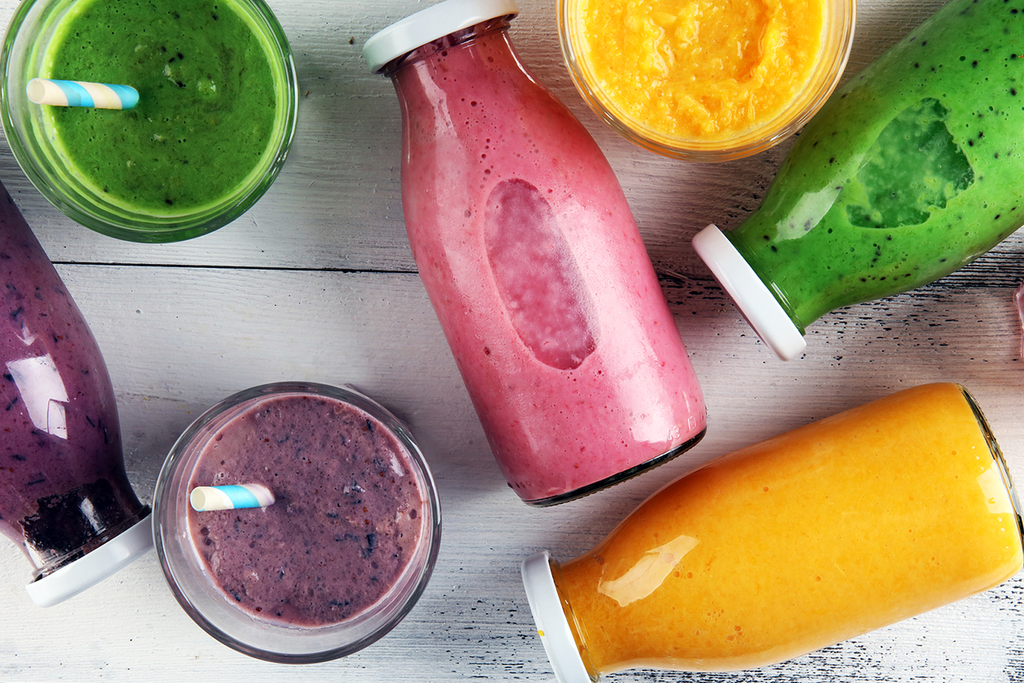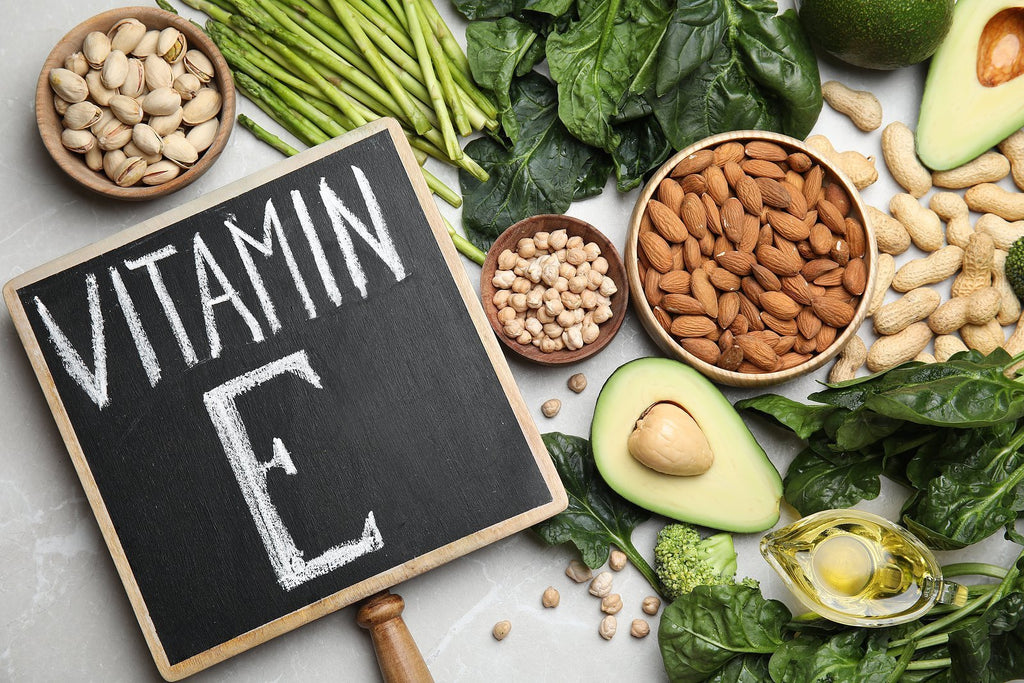Paleo vs Keto Diet - What's the Difference?
Perhaps now more than ever, there’s a greater awareness of human nutrition, eating habits, and diet. This is due to many factors - at the top of the list include the alarming statistics on lifestyle driven diseases and the health risks associated with a current pandemic.
The quality of your life and your calculated risk for disease are directly linked to how much control you take over your health.
In just this last year, more people have asked me than any previous time how to avoid getting sick, how to lose weight, what should they eat, what diet is the best? To see this uptick in awareness of personal responsibility for better health is great news!
The goal here is to give you a general overview of each and highlight the differences so you have more knowledge on what better eating means.
Keto vs Paleo Diet
Both the keto and paleo ways of eating are considered anti-inflammatory diets. If you want to work toward preventing disease, losing weight and achieving excellent health – you must reduce and keep inflammation in your body very low.
Anti-inflammatory foods are a common denominator among both keto and paleo diets where all grains, processed food and sugar are eliminated. A high carbohydrate diet drives inflammation in your body. This is definitely not a good thing for your health as inflammation is at the root of nearly all bodily dysfunction and disease.
Keto Diet Principles
The keto diet has actually been utilized since the 1920s to manage disease (specifically epilepsy) and has become a popular weight loss tool in recent years.
Keto regulates your macronutrient intake - your fat, protein, and carbohydrates -
so that each one makes up a specific percentage of your daily calories.
The standard keto diet calls for the following percentage of daily calories:
✔︎ 70% from fat (healthy sources)
✔︎ 20% from protein
✔︎ 10% from carbs
A stark difference exists between the keto diet structure and the standard American diet of 35% fat (mostly unhealthy ones), 15% protein and 50% carbs.
Keto’s high fat, moderate protein and low carb structure shifts the body’s fuel source from glucose to fat. This creates nutritional ketosis, the state in which fat breaks down and makes chemicals in your liver called ketones. These ketones provide your body with a “clean fuel,” which means your body will receive sustained energy without any negative side effects. Ketones have anti-inflammatory properties and are like superfood for your cells - their production is what makes this diet so unique.
The effects of a keto diet support the most common health goals of:
Click here to learn more keto diet details and benefits.
When you follow a keto diet, you’ll prevent sugar spikes and therefore surges of insulin. When you reduce your body’s demand for insulin, your cells become more “insulin sensitive.” High insulin sensitivity creates a foundation for better health and can provide the opportunity to reverse insulin resistance and even type 2 diabetes. This is a remarkable effect that can’t be denied and is supported by research.
Hopefully more of the traditional medical community will consider keto as part of a treatment plan, especially for diabetes, cancer and cardiovascular conditions.
If you have Type 2 Diabetes, you are not stuck with it for the rest of your life!
Paleo Diet Principles
The paleo diet focuses less on macronutrient makeup and more on food choices which are based on how our ancestors ate millions of years ago - think cave dwellers, hunters and gatherers.
It’s understood that these prehistoric people were not plagued with the rampant modern-day health conditions we see today (obesity, diabetes, heart disease), and so in mirroring their lifestyle, you give yourself the opportunity for better health.
Paleo followers eat only what our ancestors subsisted on, which makes this diet heavy on animal protein, vegetables and fruit. They certainly didn’t have access to the types of foods that agricultural developments have brought us like grains and dairy.
The keto and paleo diet share a very similar menu. Paleo approved foods include:
✔︎ Fish and seafood
✔︎ Grass fed and game meat
✔︎ Eggs
✔︎ Nuts and seeds
✔︎ Healthy oils
✔︎ Avocados and other fruit
Find out what my favorite food for good health is here.
Healthy fats from sources like coconut are a common staple on the paleo diet, but the heavy intake of healthy fat is less emphasized than on a keto diet.
In addition, carbohydrate intake on the paleo diet is usually higher than on keto and sourced from starchier vegetables and a greater variety of fruits that provide natural sugar.
Although it’s very unlikely you’d be overweight when following a paleo diet, this way of eatingrarely creates nutritional ketosis (the state of fat burning and ketone production).
So, Paleo or Keto? Which Diet is Right for You?
It’s a fact that a low carbohydrate diet is absolutely necessary to kick sugar cravings and achieve long term health. Since both paleo and keto are low carb anti-inflammatory diets, either one is a good choice.
Here are my thoughts on some main components of each diet:
→ Energy sources
While sugar is an energy source, it can be strongly argued that it’s not the most ideal one. When it comes to providing your body with clean energy, fat wins! This is why creating ketones and consuming ample dietary fat from both animal and plant sources is so important.
→ Protein
In my opinion, the paleo diet tends to be too heavy on protein. Did you know that excess protein gets converted to glucose? That’s right, if you consume more protein than your body needs, it generates the effect of consuming carbohydrate. This leads me to suggest that keto’s more moderate protein intake is a healthier choice.
→ Sugar
Both diets allow sugar intake from fruit, but paleo has no restrictions - so you could certainly end up overdoing it. On the other hand, keto is limited to high fiber, low carbohydrate fruits like berries.
→ Eliminated foods
I really support that both diets eliminate grains, processed foods and refined sugar – the dietary foundation for reducing disease, slowing aging, and promoting weight control.
One problem I see with keto is that it does allow dairy, emphasizing grass fed sources. The issue is that followers can easily overdo it here and hinder the diet’s benefits. I’ve witnessed that most people don’t realize they’re sensitive to dairy and overlook the symptoms that come with the inflammatory response dairy often creates. I definitely recommend avoiding dairy - and that means milk and cheese and all its forms.
If you choose to have dairy, make sure it’s labeled grass-fed or pasture raised. Most definitely stay away from conventional dairy that comes from less healthy grain fed animals that are affected by poor living conditions, pesticides, antibiotics, and hormones. Yuck! If you are going to consume dairy, do your health a great favor – eat it sparingly and choose organic grass fed and raw dairy only.
💡Note: Raw dairy is not altered by any process such as pasteurization and homogenization.
When dairy is pasteurized, heat is used to kill all bacteria. Research has proven that this destroys any beneficial probiotics, enzymes, vital nutrients and fatty acids. Homogenization is a mechanical process that breaks up fat particles to create a uniform consistency. Science has also concluded that these smaller fat particles negatively influence digestion.
The bottom line…processed dairy does not do a body good!
→ Eating patterns
Fasting is a key part of the keto lifestyle that helps your body heal, burn fat and build resiliency.
Although our ancestors certainly did not eat around the clock, the paleo diet does not call for any timed eating pattern. Intermittent fasting is a type of eating pattern that I practice and find yields big health gains.
Tips for Paleo and Keto Followers
If following keto, it’s critical to eat only healthy fats and carbohydrates. “Dirty keto” is a version some people follow that involves eating low quality foods while still keeping in the macronutrient range. Many packaged foods are labeled paleo or keto, but they contain ingredients that aren't the best. Reading labels is crucial.
Personally, I’ve found success by combining the best aspects of both keto and paleo. I also highly recommend the practice of intermittent fasting. If you don’t want to count calories and macronutrients, just focus on eating organic, anti-inflammatory and nutrient dense foods.
Ditching grains and dairy alone can really skyrocket your health on so many levels. And here’s a fact, you do not need grains and dairy to get enough calcium, fiber, and vitamin D! I have shared the best sources for these nutrients here.
Of course, diet is just one aspect of well-being, be sure to get enough sleep, exercise, and supplement nutrients your body needs.
In case you missed the link above, you can learn more about keto in my video, “Ketogenic Diet Basics and Benefits.”
Sharing is Caring
Know Your Body - Know Your Health






